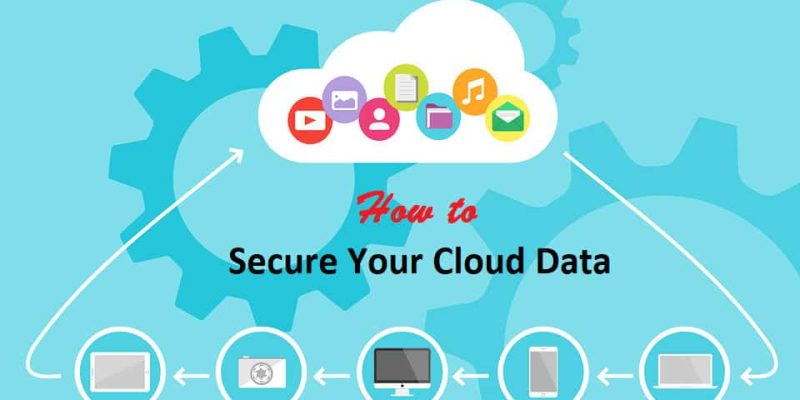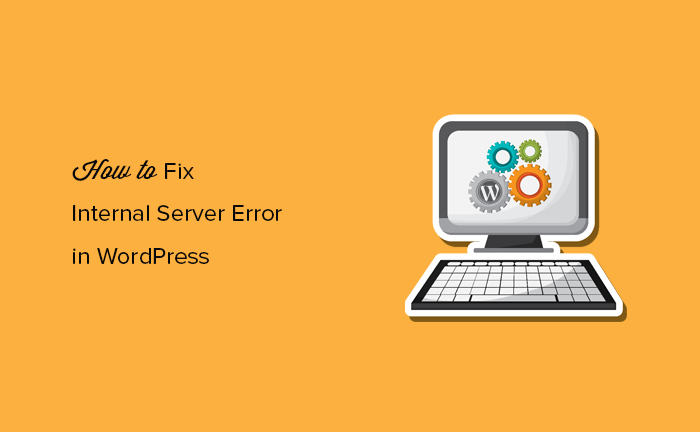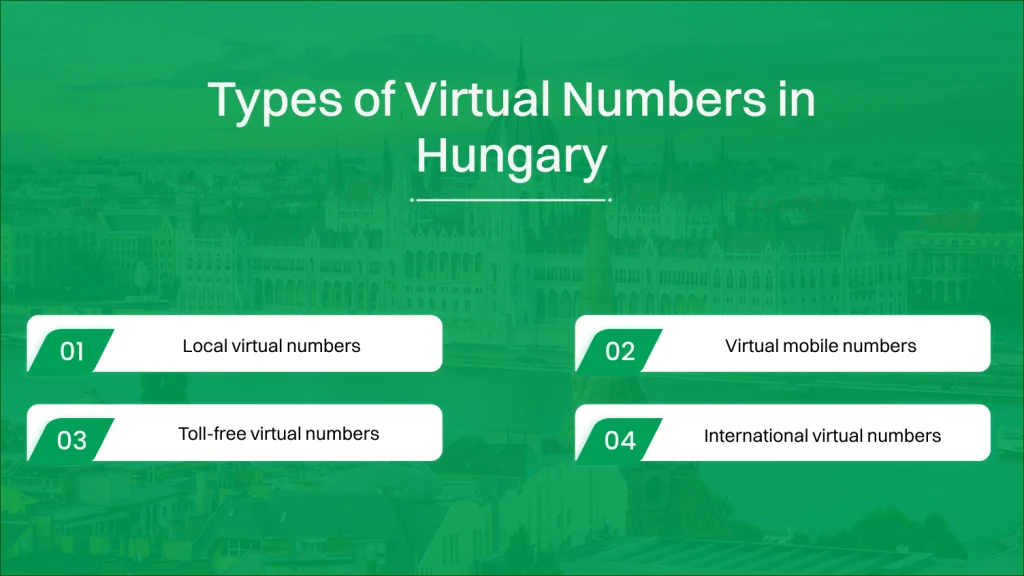How to Secure Your Cloud Data? There is so much of our data that ends up in the cloud these days. From documents to music and photos and even important things like our passwords, all of it is stored on a server that belongs to a data center somewhere. All you know is that the data is there when you need it, as long as you have a stable internet connection.
But, this approach doesn’t come without any risks. While there are plenty of benefits to having access to all of your data anywhere and from any device, this opens the door to someone else getting at your files from a different device too.
While cloud service providers must ensure that their data center infrastructure is secure and their users’ data is protected, it is up to you as the end-user to do your best to have everything as safe as it can be on your side. Here are the steps you should take to secure your cloud data.
How to Secure Your Cloud Data (12 Practical Tips)
1. Have a Local Backup
Sure, at a glance, it might seem that having a physical copy of your files stored in the cloud almost defeats the whole purpose of the concept, but it’s better to be safe than sorry.
Portable and robust hard drives are now cheaper than ever, so use that to your advantage. Make a habit of backing up your important data at least once every week.
To make matters even better, today’s external hard disks are sturdy. They can take a beating being carried in your backpack or a messenger bag, so there is no reason why you shouldn’t get one and use it to have all the important files by your side wherever you go.
2. Use Strong Passwords and Two-Factor Authentication
Treat your cloud password as strictly as you would any other. This means that you should choose long and unique passwords that are difficult to guess and use a password manager. Keep your passwords secret and safe, and be wary of any attempts to get you to part with them (such as an unexpected phishing email).
Most popular cloud storage services now support two-factor authentication (2FA). Use this option if it is available to you. It requires another code that will arrive on your phone on top of the username and password before it lets you log into your account. Adding this extra layer of safety can protect your sensitive data even further.
You should also not share your passwords with anyone and change them regularly, but you already knew that, right?
3. Encrypt Everything
Speaking of making everything a bit more safe, while simultaneously making it harder for potential hackers, remember that encryption is your friend.
Encrypting data before uploading it to the cloud is an excellent precaution against threats from hackers. Use local encryption as an additional layer of security. Known as zero-knowledge proof in cryptography, this method will even protect your data against service providers and administrators themselves. It means that no one but you can access these files, as no one can decipher and use them but you.
Choose a service provider who offers prerequisite data encryption. Also, if you’re already opting for an encrypted cloud service, having a preliminary round of encryption for your files will give you a little extra security. Every little bit helps.
4. Make Sure You Know Who You are Sharing Your Files With
Cloud storage services are fantastic for sharing files with other people—from family members to work colleagues, but this brings an additional risk in the mix.
Sharing files and folders this way leaves your data open to unauthorized access if someone else finds those sharing links or manages to access the account of a person you’ve shared files with. Because of this, you should always keep track of who has access to your shared files.
For instance, Dropbox lists all the currently active shares on your account, while Google Drive enables you to make these shares read-only. Use these options whenever possible, unless you absolutely must give edit access to others.
5. Do Not Keep Sensitive Information in the Cloud
This one is more common-sense advice than one that relates exclusively to your online storage safety. Use cloud storage only to keep those files that you need to access regularly.
You should keep only those files that you need to access frequently. Do not use the cloud to store documents containing passwords for your various online accounts or personally identifiable information (PII) such as your credit card numbers, national identification number, home address, etc.
Let’s be honest; you probably don’t have to look at our most sensitive data through the cloud on a 24/7 basis. Neither should anyone else.
6. Take Extra Care When Using Public Computers or Networks
Always keep in mind that your cloud data’s security depends on what you do online, especially on public computers or wi-fi connections. The fact that these devices and networks often have no protection, paired with the possibility of human error, can jeopardize your cloud data.
When using a public computer, never choose to save your passwords, and always remember to sign out of all the active sessions once you are done using the computer. Keeping your password and leaving it logged in exposes you to the risk of strangers accessing your data.
You should also be extra wary of open public WiFi networks. If you don’t absolutely need to do so, do not use these networks to access your network data. Such connections are typically unencrypted, which means that a hacker on the same network can discover whatever you do while connected. This can even include your login credentials for your cloud account!
7. Use Antivirus and Antispyware Software
These days, with Windows Defender and Mac’s smart firewall and installation restrictions, many people think there is no need to use specialized software that would protect them from viruses and other malicious software. Sadly, that is not true. Any additional layer of safety you can put between you and your essential information matters today as much as it did a couple of years ago.
Even though many modern data centers scan files for viruses and malware, sometimes the weakest link happens to be the computer system you’re logging in from. The types of cyberattacks vary from Trojan viruses that work as keyloggers and try to steal your sensitive information by keeping track of what you type to other malicious software that uses your device to redirect you to fishy websites, take over your search engine, and so on.
Scan your computer for malware regularly, and have an antivirus always running. Even the free versions of the most popular software are good enough to keep you safe. Sometimes, they are even less bloated and restrictive than their paid counterparts.
8. Make Sure That the Deleted Files are Truly Gone
Many cloud storage services have a recycle bin of sorts. It keeps deleted files around for a few days or weeks just in case you want them back. This is often very helpful and can be an advantage if someone tries to wipe your account.
Even so, sometimes, you might want to make sure that specific sensitive files are entirely obliterated and no longer able to be recovered.
If you’re deleting something that you don’t want to get back and that you don’t want anyone else to find either—especially if the file or folder is shared—dig into whatever undelete options the service has and make sure the files are really, truly gone. Check the Recently Deleted folder on your cloud drive and ensure that those files are gone for good.
9. Check the Connected Apps and Accounts
Even if you did everything you could to keep your cloud username and password as safe as possible, hackers could sometimes gain control over it by finding a weaker account connected to it. While it can be convenient to have connections to your calendar or email apps set up, it also makes your account more vulnerable.
If you don’t want to give up these conveniences, make sure you’re regularly checking which third-party applications can access your cloud storage and remove any that you’re not actively using. You can always download and connect those apps again when and if you need them.
One more essential thing – never use one master password for all of your important accounts.
10. Deactivate Old Devices That Still Have Access
When you get a new phone, you might be eager to start using your new device, naturally. You jump at the opportunity to use it as soon as possible, and you might forget that your old phone and both of your laptops are connected to that same iCloud account, for example.
If you upgrade your phone or switch jobs and get to use a new laptop, it’s essential that you properly disconnect and deactivate the old ones, just to make sure that whoever inherits those old devices is not able to access your old data.
This usually simply means signing out of the relevant app before uninstalling it entirely, but you should also sign out inside the browser that you’ve been using as well. You can do this remotely inside most accounts such as iCloud or Microsoft One Drive for your main accounts. Just find the option that lists All Devices and remove the one you are no longer using.
When it comes to things like Facebook, Twitter, and other social media, your best bet would be to sign out from the old device itself or to change all the passwords immediately.
11. Make Sure That Your Account Recovery Options are All Functional
One aspect of cloud data safety that often gets overlooked is account recovery options. You should protect those credentials as well as you do your main account info.
The recovery options are usually in the account or security settings. Make sure they’re up to date. Do you need to change your security question? How about the recovery email listed? Is it still active?
When choosing the security question, keep in mind that some hackers follow their potential victims on social media. Ensure that the answer to it is not something that can quickly be figured out by someone who lives or works with you, or even someone who can see your Instagram feed.
12. Don’t Disregard the Physical Safety
All of the safety measures listed above will be in vain if you don’t keep your devices protected as well. Otherwise, someone could simply steal your laptop or phone and gain access to all of your essential data and files that way.
Use the same protective measures for your device – two-factor authentication, PIN, a unique password – as you would for any other account. You don’t want to have a phone or laptop lost or stolen only to discover that whoever ends up with it also ends up with all of your personal information.
Even if you do lose your device, some cloud storage apps such as Dropbox – both the Android and iOS variant – offer you the possibility of requesting yet another PIN before accessing the content stored inside. Check if your cloud service provider offers measures like this and implement them if you can.
You Must be Interested In,
- How to Start a WordPress Website (Step by Step Guide)
- Best Reliable WordPress Hosting For Website (Compared)
- How to Secure Your WordPress Website (Step by Step)
- How to Make Online Money Form Your Website (Trusted Techniques)
Final Words About Cloud Data Security
When you take a look at all the measures listed here, it might seem a bit overwhelming, but don’t get discouraged.
All of the steps you just read about are essential steps in keeping your cloud data secure. Give it some time. Use this article as your guide, and before you know it, the tasks you’ve seen here will become second nature to you.
Besides, some of the guidelines, such as signing out of your old devices and checking your recovery emails, require you to do so only once. Others, such as keeping a physical backup of your important data, can be a bit more time consuming, but it will all be worth it in the end.
Safety is priceless. Adopting a few security measures from your end, like the above, can go a long way in maintaining safe files on and off the cloud.
If you liked this article, then please subscribe to our YouTube Channel for WordPress video tutorials. You can also find us on Twitter and Facebook.









